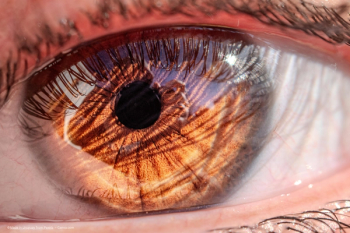
Fixed combinations in POAG and OHT patients
An overview of trials comparing topical medical therapies
Intraocular pressure (IOP) is currently the only modifiable risk factor for the progression of the disease, but there is no ideal IOP for all patients. The risk profile of each single patient should be carefully evaluated before deciding treatment algorithm.8 The initial treatment of glaucoma is typically to prescribe a single ocular hypotensive medication to reduce the IOP. However, over time, the pressure may again become elevated requiring the addition of a second medication. Approximately 40% of subjects with ocular hypertension require two or more topical medications to control IOP.9,10 When target IOP is not achieved with a single agent, combined therapy using drugs with different mechanisms of action is recommended.8
Multiple local therapies may be associated with more local and systemic side effects11 because of increased exposure to preservatives, with a higher incidence of ocular signs and symptoms and poor compliance.12–14 Fixed combinations (FCs) of two anti-glaucoma drugs have been formulated to obtain a greater reduction in IOP than that which can be achieved using single agents, to allow fewer doses, and to ensure less exposure to preservatives.11
Newsletter
Get the essential updates shaping the future of pharma manufacturing and compliance—subscribe today to Pharmaceutical Technology and never miss a breakthrough.













































